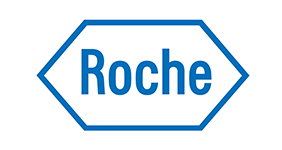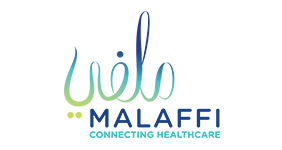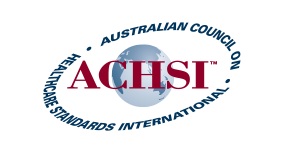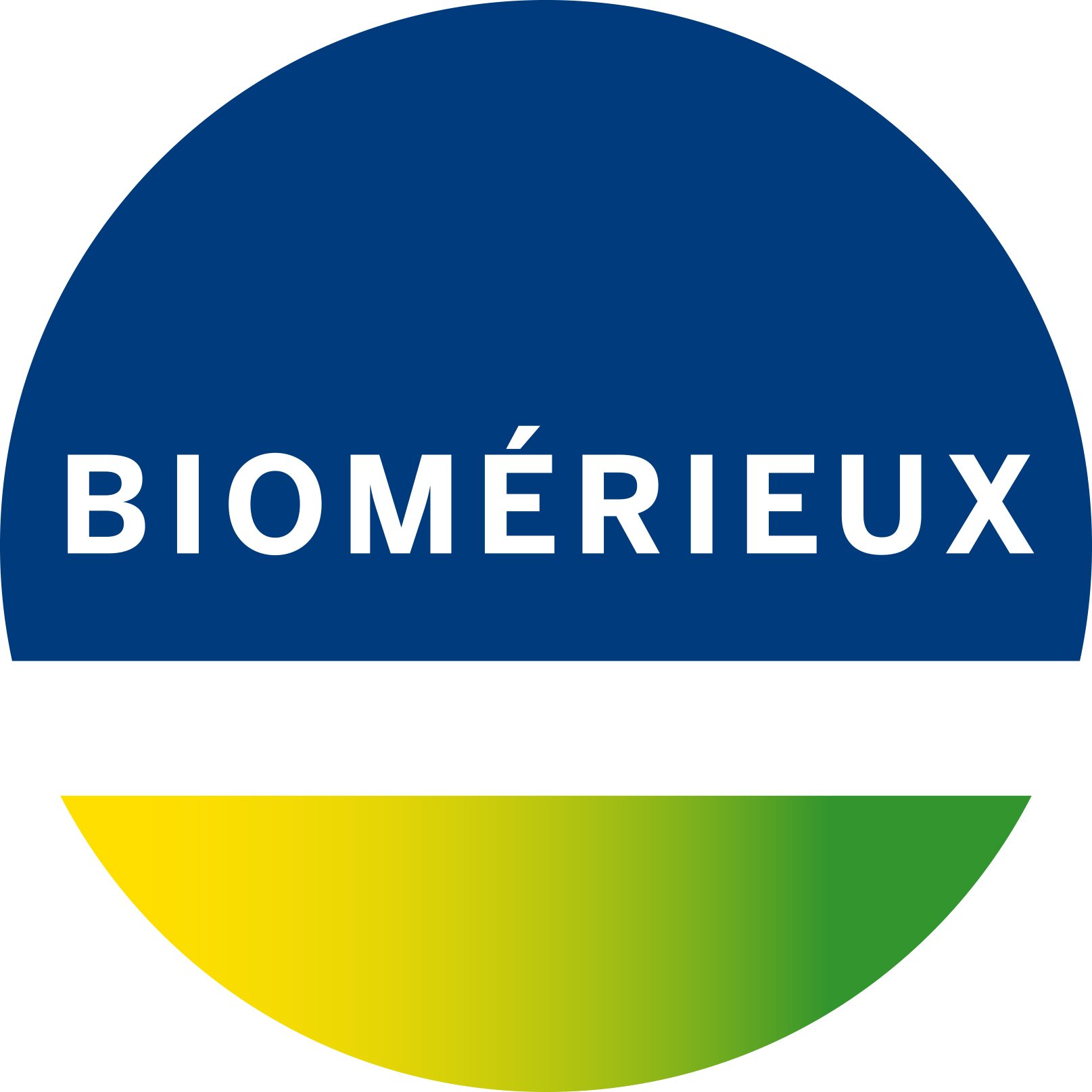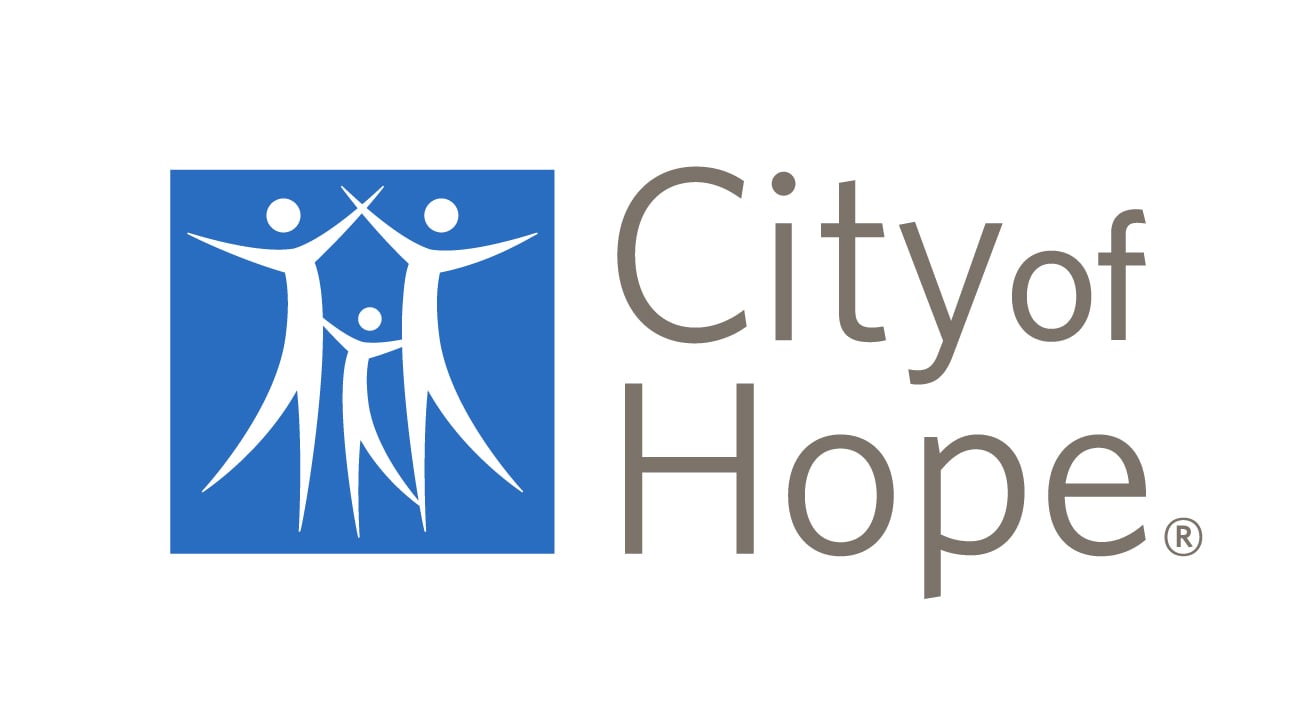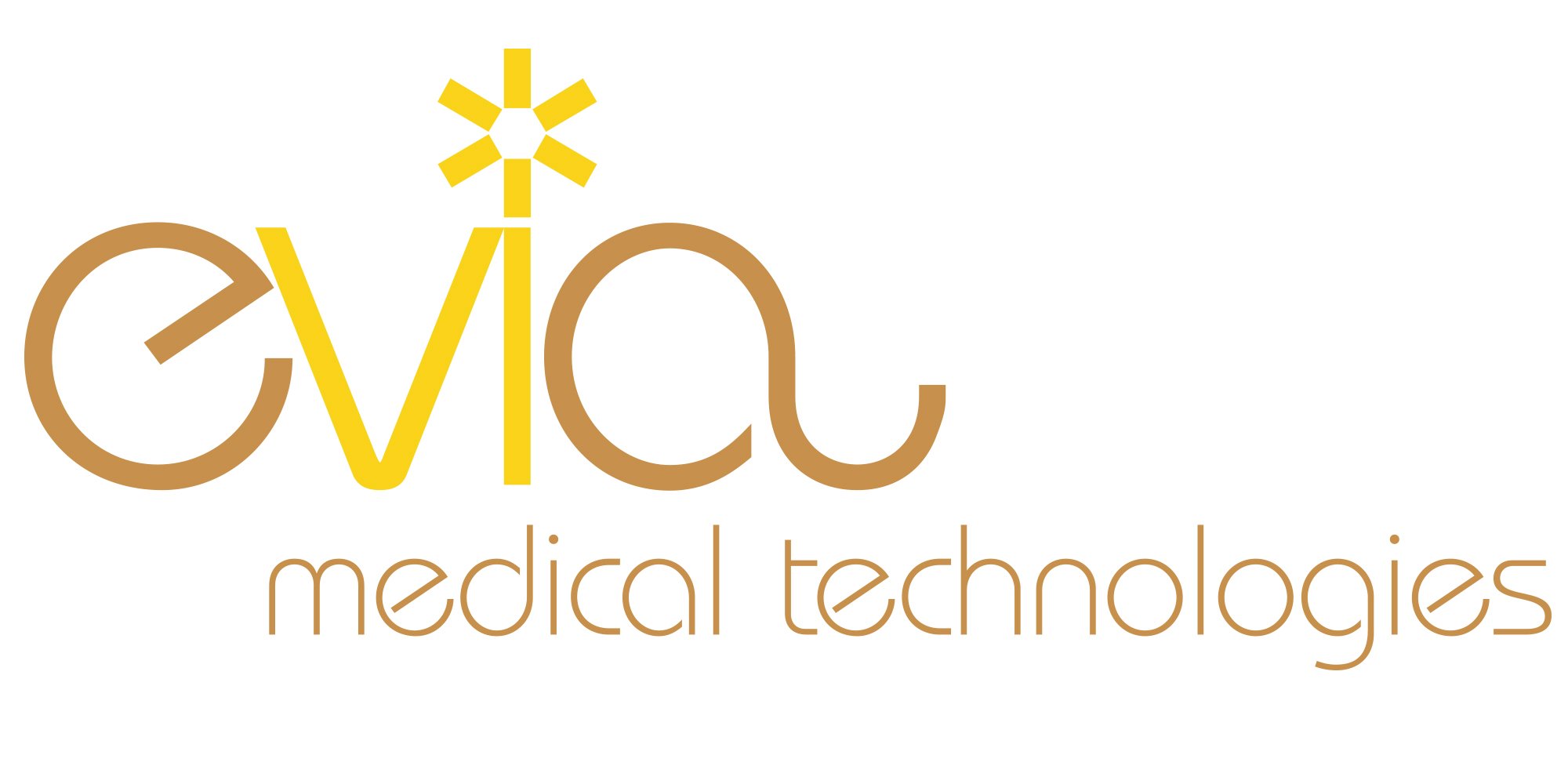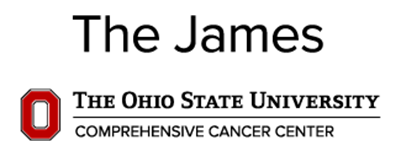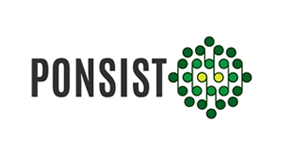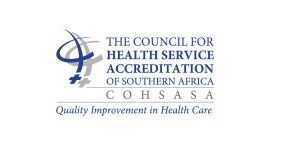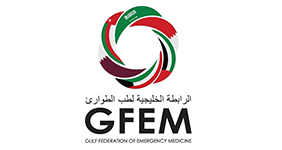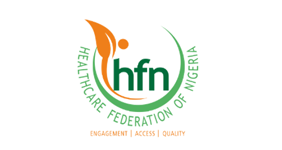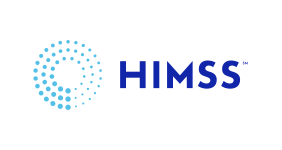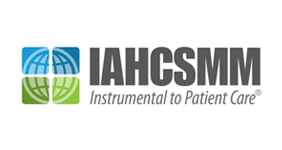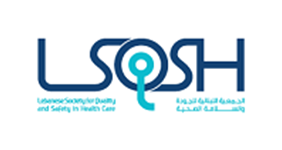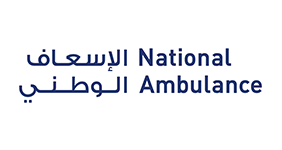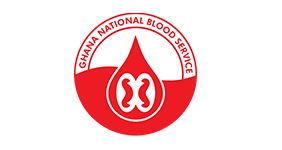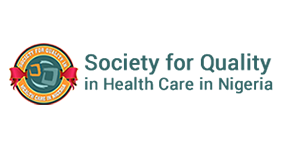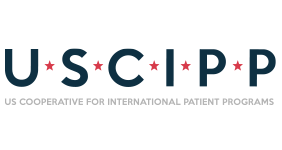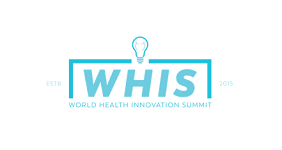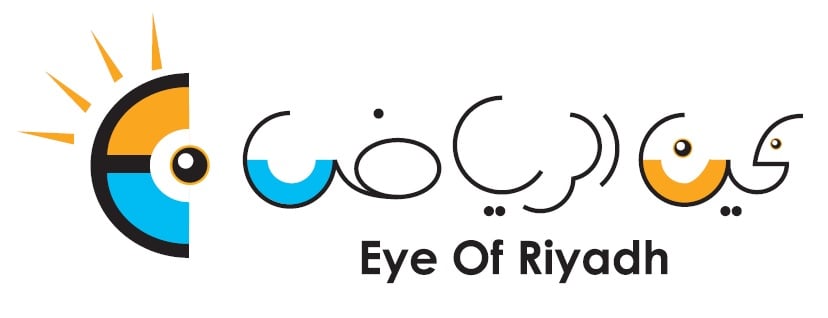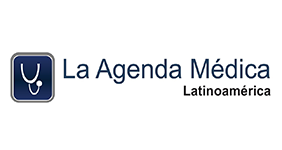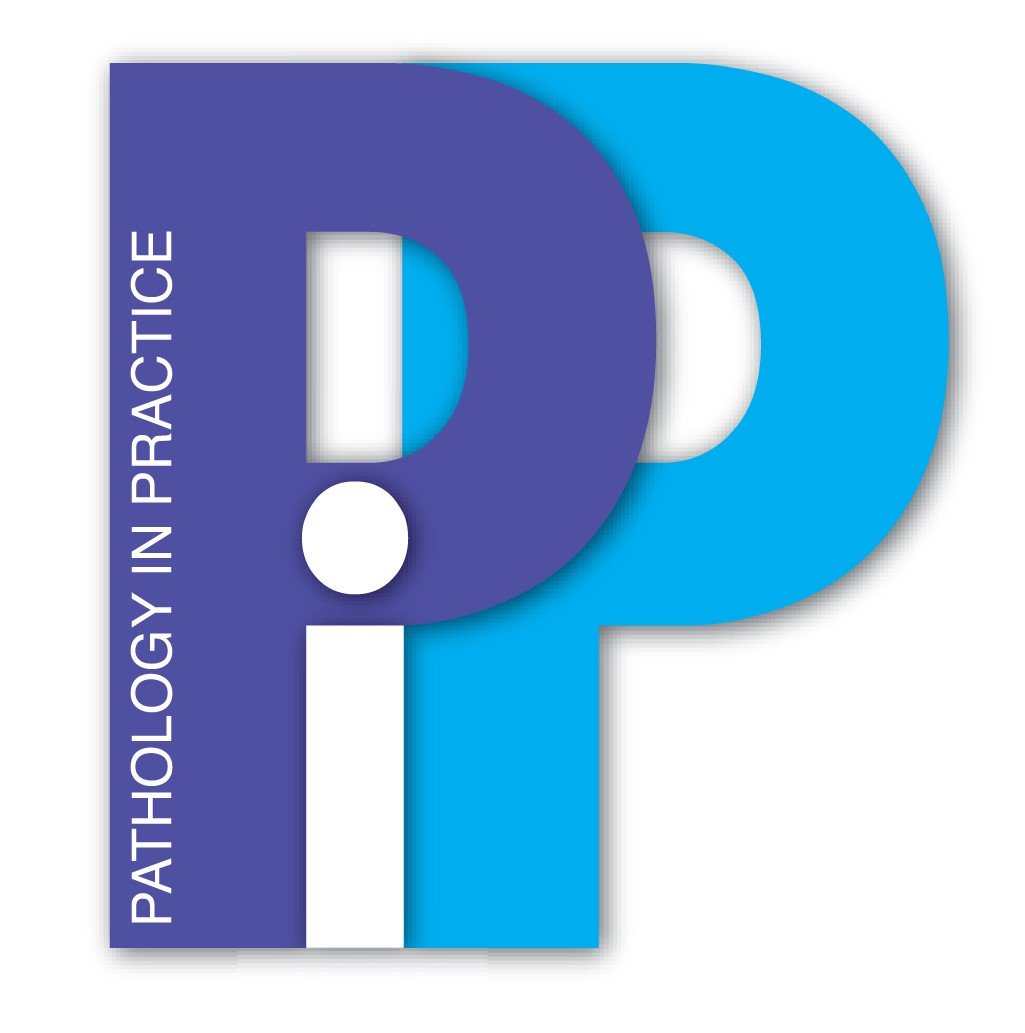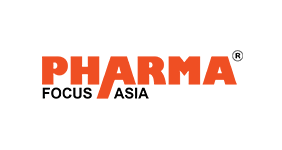5 Paediatrics trends to watch in 2020
A glance at the latest developments in paediatrics, from telehealth to CAR T-cell therapy.
1. COVID-19 separation strategies
The COVID-19 pandemic has meant that different strategies are required for the delivery of newborn and well-child care, including childhood immunisation.
Healthcare providers in communities affected by the pandemic are using a range of separation strategies, including:
- Scheduling well visits in the morning and sick visits in the afternoon
- Separating patients spatially, placing patients with sick visits in different areas of the clinic or another location from patients with well visits.
- Collaborating with providers in the community to identify separate locations for holding well visits for children.
Telehealth is also seeing increased popularity during the pandemic.
According to the COVID-19 forum on the International Society for Pediatric and Adolescent Diabetes website, rules for access to telemedicine have become more relaxed during the pandemic, with less attention paid to data safety. In less regulated countries, for instance, patients and doctors are communicating via WhatsApp or other messaging applications.
Further demonstrating the surging interest in telemedicine services for children, a telemedicine startup in India, Practo, shows that paediatrics is the fastest rising search on its platform, with growth of 350 percent since 1 March 2020.
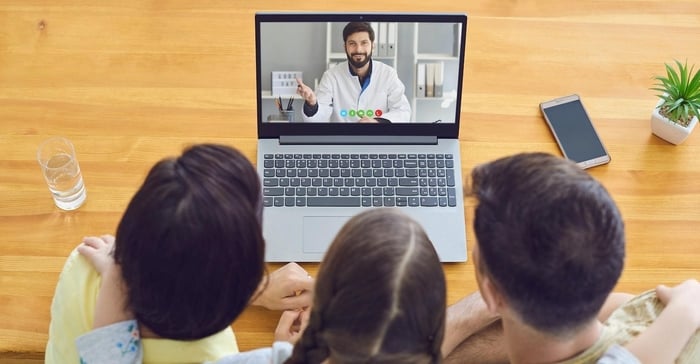
2. Pediatric Multi-System Inflammatory Syndrome (PIMS)
Paediatric specialists in the UK and US are sharing stories of children experiencing symptoms that include persistent fever, extreme inflammation and evidence of one or more organs not functioning properly.
Named Pediatric Multi-System Inflamatory Syndrome (PIMS), this health condition is being seen in children previously infected with, and who have recovered from, COVID-19. An immune response emerges resulting in significant levels of inflammation in organ systems.
PIMS is said to be similar to other inflammatory conditions, such as Kawasaki disease, staphylococcal and streptococcal toxic shock syndromes, bacterial sepsis and macrophage activation syndromes.
By 6 May 2020, more than 50 cases were reported in Europe and 64 PIMS cases were reported by the New York State Department of Health.
3. More mental health support
According to an April 2020 survey of more than 2,000 US adults, young people aged 18-44, experienced a tenfold increase in serious mental distress compared with 2018 (adults aged 60+ showed the small increases). This suggests a major impact on young people's mental health brought by the COVID-19 pandemic, and it’s something being witnessed across the globe – in China, for example, 1 in 5 children reported symptoms of depression after their schools had been closed for a month.
Health authorities are responding around the world with increased guidance. For instance, the child and adolescent psychiatry division of the Indonesian Psychiatric Association has issued guidelines through social media explaining how to help children and adolescents maintain their mental health during the pandemic.
In addition to guidance, innovative new methods are emerging to ease children's anxiety.
In the UK, a mindfulness app was launched for children aged 3-5 - a game called Your Mindful Garden, narrated by mental health advocate Stephen Fry. In another example, in cooperation with the UAE's Ministry of Health and Prevention, the country's Ministry of Education launched Sanadcom ("your support"), an initiative to ensure that children of medical staff receive educational and mental health support during the COVID-19 epidemic.
4. The healing environment
Evidence-based design informs architects, designers and artists on how to create a healing environment in hospitals, surgeries and clinics that improve patient care.
Emirati artist Dana Al Mazrouei was recently commissioned to create a unique art installation for The Zayed Centre for Research into Rare Disease in Children in London. As an artist-in-residence at the hospital, she also led a number of creative workshops that explored the theme of genetics with children, young people and their families.
5. CAR T-Cell therapy
In April 2020 researchers developed a novel approach that delivers appropriately-targeted CAR T-Cell therapy directly into the cerebrospinal fluid surrounding recurrent paediatric brain tumours.
CAR, or chimeric antigen receptor, T-cell therapy is a type of cancer immunotherapy that involves genetically engineering a patient’s disease-fighting T-cells by rewiring them to seek out, recognise and attack cancer cells. Studies showed it was highly effective in patients with chronic and acute lymphoblastic leukaemia, the most common form of blood cancer in children. Clinical trials of the gene cell therapy were approved by the US FDA in late August 2019.
Scientists now describe CAR T as a “living drug” and a revolutionary new treatment for advanced blood cancers in children and adults.
Get free access to the educational content live and on-demand with Omnia Health Live. With a wide range of panels, presentations and spotlight Q&A sessions, covering everything from industry updates to clinical sessions with free CME credits, make sure you tune in from 22nd – 26th June.
This post originally appeared on Omnia Health Insights – read the full article.

